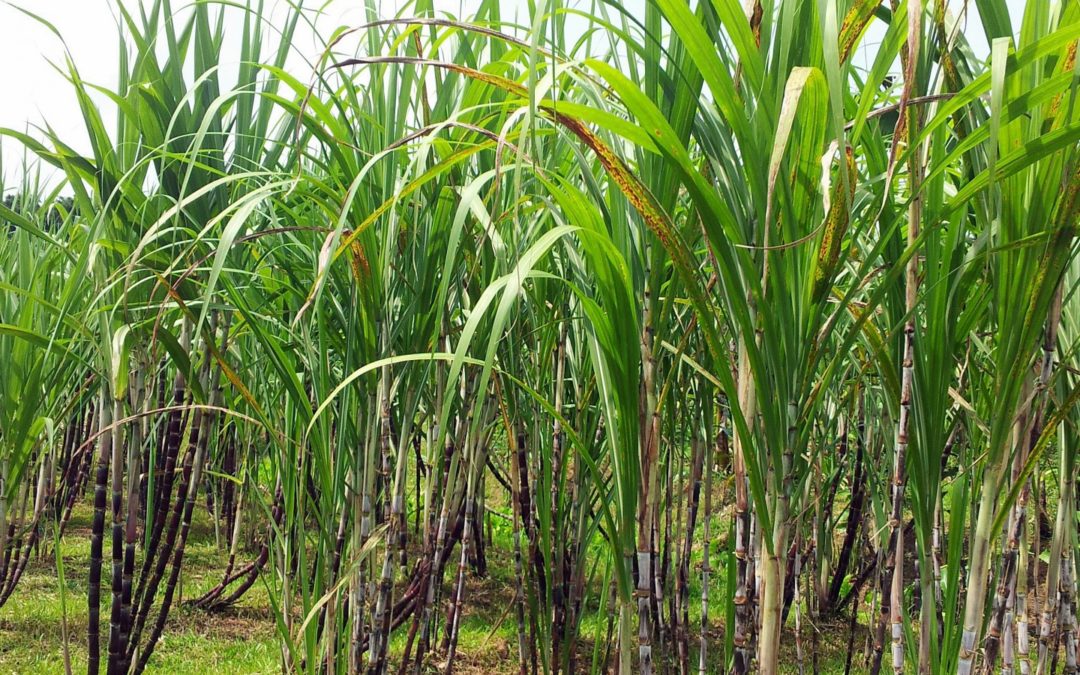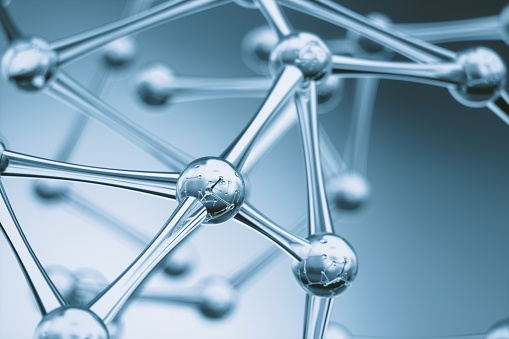Why Walking Cane Sugar Processing Chemicals Are Important for Modern Sugar Refining
The role of walking stick sugar handling chemicals in modern sugar refining can not be overstated, as they are integral to improving both the performance of removal and the overall high quality of the end product. Agents such as phosphoric acid and details flocculants are used to eliminate pollutants, causing sugar that not only meets consumer assumptions yet also follows market requirements. Nonetheless, the implications of these chemicals prolong past high quality, touching upon market characteristics and ecological factors to consider. This increases crucial inquiries concerning the sustainability of such practices and their impact on the future of sugar production.
Duty of Handling Chemicals
The efficiency of walking cane sugar processing hinges substantially on the tactical application of processing chemicals. These chemicals play a critical role in enhancing the performance and top quality of sugar removal and refining. From the preliminary stages of juice removal to the last purification steps, handling chemicals assist in various crucial operations.
In the removal phase, chemicals such as phosphoric acid and calcium hydroxide are employed to maximize the explanation process, helping to get rid of contaminations and suspended solids from the cane juice. This not just enhances the return yet likewise makes sure the clarity of the end product. Additionally, representatives like flocculants aid in the rapid settling of pollutants, thus streamlining the total process.
Turned on carbon and ion exchange materials serve to get rid of shade and smell, making certain that the refined sugar satisfies customer quality requirements. Hence, the meticulous choice and application of these chemicals are essential for achieving optimal results in walking cane sugar processing.
Secret Sorts Of Chemicals
Walking cane sugar handling relies on a variety of key chemicals that assist in each stage of production. These chemicals play crucial roles in clearing up, lightening, and detoxifying the sugar drawn out from walking cane.
One key group of chemicals consists of flocculants, such as polyacrylamide, which help in the explanation process by promoting the gathering and settling of pollutants. Furthermore, calcium hydroxide is commonly used to reduce the effects of acidity and aid in the removal of non-sugar elements.
Whitening agents, such as activated carbon and sulfur dioxide, are used to decolorize the syrup, resulting in a clearer last item. These chemicals aid remove color compounds that may affect the sugar's appearance and bankability.
In addition, phosphoric acid acts as a pH regulatory authority throughout the processing stages, ensuring optimal problems for the enzymatic tasks associated with sugar removal and purification.
Other essential representatives consist of edta (ethylenediaminetetraacetic acid), which chelates metal ions that can catalyze undesirable responses, and sodium hydroxide, which aids in pH control throughout the refining process. Collectively, these chemicals boost effectiveness and ensure a top quality walking cane sugar product.
Advantages for Sugar Quality
Often neglected, making use of specific handling chemicals considerably boosts the overall top quality of cane sugar. These chemicals play a crucial role in refining procedures, ensuring that the end product fulfills strict industry requirements for pureness and taste.

Furthermore, processing chemicals assist in achieving a consistent granulation and texture, which are critical for customer approval. By managing the condensation process, these chemicals ensure that the sugar crystals develop consistently, bring about a more enticing item that dissolves well in various applications.
Moreover, the use of these chemicals can boost the service life of walking stick sugar by reducing moisture absorption and microbial development. On the whole, the calculated application of processing chemicals is important for delivering high-grade walking stick sugar that satisfies customer assumptions and industry needs.
Environmental Impact Factors To Consider

Additionally, the energy-intensive nature of sugar refining, intensified by chemical use, often results in enhanced carbon discharges. This contributes to environment modification and increases worries regarding the sustainability of current refining practices. Additionally, the sourcing of these chemicals may involve practices that threaten biodiversity, such as monoculture farming, which reduces the resilience of agricultural ecosystems.

To mitigate these influences, sugar refiners are progressively discovering lasting alternatives and taking on finest techniques that decrease chemical usage. Applying strenuous ecological monitoring systems can help guarantee that the refining process aligns with environmental standards and promotes biodiversity. Eventually, a well balanced technique that prioritizes both sugar top quality and ecological stewardship is essential for the long-term feasibility of the sugar market.
Future Patterns in Refining
As the sugar market faces the environmental difficulties connected with conventional refining methods, ingenious techniques are arising to enhance both efficiency and sustainability. One significant pattern is the adoption of environment-friendly chemistry concepts, which prioritize the use of non-toxic, naturally degradable handling chemicals. This change not just minimizes environmental effect but additionally addresses consumer demand for cleaner manufacturing techniques.
Another appealing development is the implementation of advanced purification modern technologies, such as membrane layer splitting up and adsorption procedures. These strategies enhance the clarity and top quality of the sugar while minimizing the volume of wastewater generated throughout refining. In addition, the integration of digital innovations, consisting of IoT next and AI, is changing functional performance by allowing real-time surveillance and predictive maintenance, thus minimizing source waste.
In addition, the use of byproducts from sugar refining, such as bagasse and molasses, is gaining traction. These products can be transformed into biofuels or value-added products, adding to a round economic climate within the sector. Jointly, these trends indicate a change in the direction of more sustainable methods that not only improve functional efficiency however likewise line up with worldwide sustainability goals, guaranteeing the future stability of sugar refining.
Verdict
Walking cane sugar processing chemicals are necessary in modern-day sugar refining, considerably enhancing the efficiency and quality of sugar extraction. The tactical use of these chemicals not just boosts the purity and taste of the end product however likewise guarantees consistent condensation and texture. As the industry increasingly focuses on sustainability, the fostering of environmentally-friendly handling agents is most likely to form future patterns in refining, ultimately bring about greater high quality products and expanded shelf life for customers.

Ultimately, a balanced method that focuses on both sugar quality and environmental stewardship is necessary for the lasting practicality of the sugar industry.
Walking cane sugar processing chemicals are crucial in modern sugar refining, dramatically boosting the efficiency and top quality of sugar extraction.